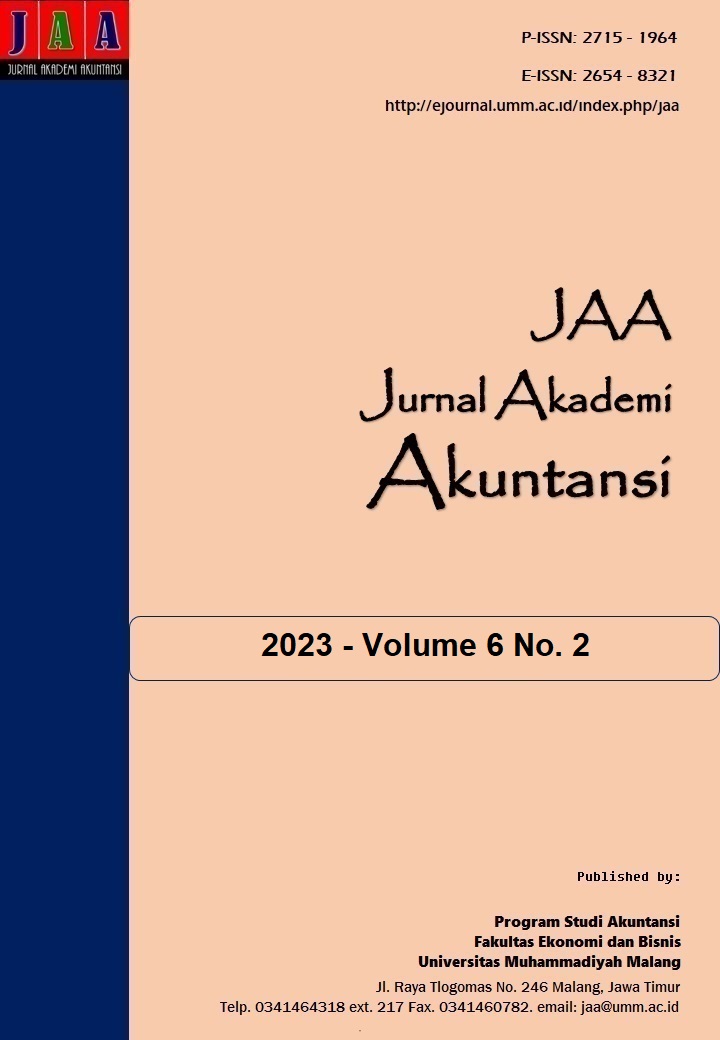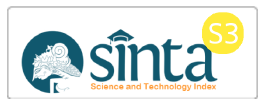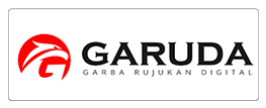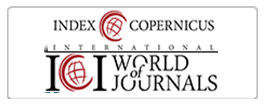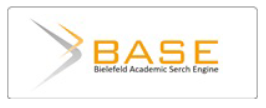Evaluasi Manajemen Risiko Proyek Konstruksi Terhadap Biaya Operasional Proyek Menggunakan Metode AHP
DOI:
https://doi.org/10.22219/jaa.v6i2.26571Keywords:
Analytical Hierarchy Process, Construction Projects, Risk Management Assessment, Risk Management EvaluationAbstract
Purpose: This study aims to evaluate the risk management of the PT X project in order to reduce the impact of project operational cost overruns. Inherent risk during project implementation at PT X has been managed by implementing risk management referring to ISO 31000:2018. However, there are changes in risks that arise during the implementation of construction projects which cause changes in the risk profile.
Methodology/Approach: The uniqueness of this research is a case study with a mixed-method approach which is analyzed using the AHP method.
Findings: The results of this study state that there are seven project risk factors consisting of quality risk, economic and financial risk, technical risk, OSH risk, social risk, non-technical risk, and human resource risk. The seven factors are divided into 21 sub-factors of project risk at PT X.
Practical and Theoretical Contribution/Originality: This article contributes to the updating of the relevant risk assessments in the project.
Research Limitation: The limitation of this research is that the scope is only the risk management of the project implementation phase.
Downloads
References
Chen, S., Luo, X., Li, X., & Fu, X. (2022). Risk Management of Road Engineering Project Based on Analytic Hierarchy Process. Tehnički Vjesnik, 29(2), 363–368. https://doi.org/10.17559/TV-20210410091404
Daghouri, A., Mansouri, K., & Qbadou, M. (2018). Information system evaluation based on multi-criteria decision making: A comparison of two sectors. IJACSA) International Journal of Advanced Computer Science and Applications, 9(6). www.ijacsa.thesai.org
Eskander, R. F. A. (2018). Risk assessment influencing factors for Arabian construction projects using analytic hierarchy process. Alexandria Engineering Journal, 57(4), 4207–4218. https://doi.org/10.1016/j.aej.2018.10.018
Fauzi, R. R., Johari, G. J., & Hantari, A. N. (2022). Identifikasi dan Penilaian Risiko pada Proyek Pembangunan Stasiun Garut Cibatu. Jurnal Konstruksi, 20(1), 51–61. https://doi.org/10.33364/konstruksi/v.20-1.1014
Firmansyah, M., Dewa, I., & Yudha, K. (2021). Esensi Perbedaan Metode Kualitatif Dan Kuantitatif. Elastisitas-Jurnal Ekonomi Pembangunan, 3(2), 156–159. https://doi.org/10.29303/e-jep.v3i2.46
Gbahabo, P. T., & Ajuwon, O. S. (2017). Effects of project cost overruns and schedule delays in Sub-Saharan Africa. European Journal of Interdisciplinary Studies, 3(2), 46–59.
Goyal, P., Rahman, Z., & Kazmi, A. A. (2015). Identification and prioritization of corporate sustainability practices using analytical hierarchy process. Journal of Modelling in Management, 10(1), 23–49. https://doi.org/10.1108/JM2-09-2012-0030
Internasional Organization for Standardization (ISO). (2018). ISO 31000: Risk Management - Guidelines.
Khairun Nisa, A. A., Subiyanto, S., & Sukamta, S. (2019). Penggunaan Analytical Hierarchy Process (AHP) Untuk Pemilihan Supplier Bahan Baku. Jurnal Sistem Informasi Bisnis, 9(1), 86. https://doi.org/10.21456/vol9iss1pp86-93
Kotb, M. H., Aly, A. S., & Muhammad, E. K. M. A. (2019). Risk Assessment of Time and Cost Overrun Factors throughout Construction Project Lifecycle. Life Science Journal, 16(9), 78–91. https://doi.org/10.7537/marslsj160919.10
Lyu, H.-M., Sun, W.-J., Shen, S.-L., & Zhou, A.-N. (2020). Risk Assessment Using a New Consulting Process in Fuzzy AHP. Journal of Construction Engineering and Management, 146(3). https://doi.org/10.1061/(asce)co.1943-7862.0001757
Martens, F., & Rittenberg, L. (2020). Risk Appetite-Critical to Success. In The Committee of Sponsoring Organizations of the Treadway Commission (COSO). Committee of Sponsoring Organizations of the Treadway Commission.
Messah, Y. A. , Widodo, T. , & Adoe, M. L. (2013). Kajian Penyebab Keterlambatan Pelaksanaan Proyek Konstuksi Gedung Di Kota Kupang. Jurnal Teknik Sipil, II(2).
Milyardi, R. (2020). Perbandingan Karakteristik Manajemen Risiko Konstruksi Pada Kontraktor Bumn Dan Swasta. Jurnal Teknik Sipil, 16, 1–133.
Mubarika, N. R., & Handayani, S. (2019). Atribut Dewan Komisaris Dan Risiko Perusahaan (Perbankan di Bursa Efek Indonesia). Jurnal Reviu Akuntansi Dan Keuangan, 9(2), 240–254. https://doi.org/10.22219/jrak.v9i2.59
Pijoh, D. V. D., Pratama, B. C., Pramono, H., & Hapsari, I. (2022). Does Institutional Ownership Moderate the Relationship Between the Board of Directors and Risk Disclosure?. Jurnal Akademi Akuntansi, 5(4), 547-564. https://doi.org/10.22219/jaa.v5i4.23071
Rosyid, M., Saraswati, F., & Ghofar, E. (2022). Firm Value: CSR Disclosure, Risk Management And Good Corporate Governance Dimensions. Jurnal Reviu Akuntansi Dan Keuangan, 12(1), 186–209. https://doi.org/10.22219/jrak.v11i3.20367
Szymański, P. (2017). Risk management in construction projects. Procedia Engineering, 208, 174–182. https://doi.org/10.1016/j.proeng.2017.11.036
Wahyuni, E. D. (2022). Adakah Korelasi Enterprise Risk Management (ERM), Profitabilitas Dan Leverage Keuangan Terhadap Return Saham? Jurnal Akademi Akuntansi, 5(2), 166–175. https://doi.org/10.22219/jaa.v5i2.18885
Younas, A., Pedersen, M., & Durante, A. (2020). Characteristics of Joint Displays Illustrating Data Integration in Mixed-Methods Nursing. Journal of Advanced Nursing, 76(2), 676–686. https://doi.org/10.1111/jan.14264
Downloads
Published
Issue
Section
License
Copyright (c) 2023 Salsabila Aufa Syahrani, Vera Diyanty

This work is licensed under a Creative Commons Attribution-NonCommercial-ShareAlike 4.0 International License.
Jurnal Akademi Akuntansi is licensed under a Creative Commons Attribution-NonCommercial-ShareAlike 4.0 International License.
Authors who publish with this journal agree to the following terms:
- Authors retain copyright and grant the journal right of first publication with the work simultaneously licensed under a Creative Commons Attribution-NonCommercial-ShareAlike 4.0 International License that allows others to share the work with an acknowledgment of the work's authorship and initial publication in this journal.
- Authors are able to enter into separate, additional contractual arrangements for the non-exclusive distribution of the journal's published version of the work (e.g., post it to an institutional repository or publish it in a book), with an acknowledgment of its initial publication in this journal.
- Authors are permitted and encouraged to post their work online (e.g., in institutional repositories or on their website) prior to and during the submission process, as it can lead to productive exchanges, as well as earlier and greater citation of published work (See The Effect of Open Access).
Jurnal Akademi Akuntansi dilisensikan di bawah lisensi Creative Commons Attribution-NonCommercial-ShareAlike 4.0 International.
Penulis yang menerbitkan artikel di jurnal ini menyetujui ketentuan berikut:
- Penulis mempertahankan hak cipta dan memberikan hak jurnal atas publikasi pertama dengan karya yang secara serentak dilisensikan di bawah Lisensi Pengaitan Creative Commons yang memungkinkan orang lain untuk berbagi karya dengan pengakuan atas karya penulis dan publikasi awal dalam jurnal ini.
- Penulis dapat masuk ke dalam pengaturan kontrak tambahan yang terpisah untuk distribusi non-eksklusif versi karya jurnal yang diterbitkan (misalnya, mempostingnya ke repositori institusional atau mempublikasikannya dalam sebuah buku), dengan pengakuan publikasi awalnya di jurnal ini.
- Penulis diizinkan dan didorong untuk memposting pekerjaan mereka secara online (misalnya, di repositori institusional atau di situs web mereka) sebelum dan selama proses pengajuan, karena dapat mengarah pada pertukaran produktif, serta kutipan pekerjaan sebelumnya dan yang lebih besar (Lihat Pengaruh Akses Terbuka).

